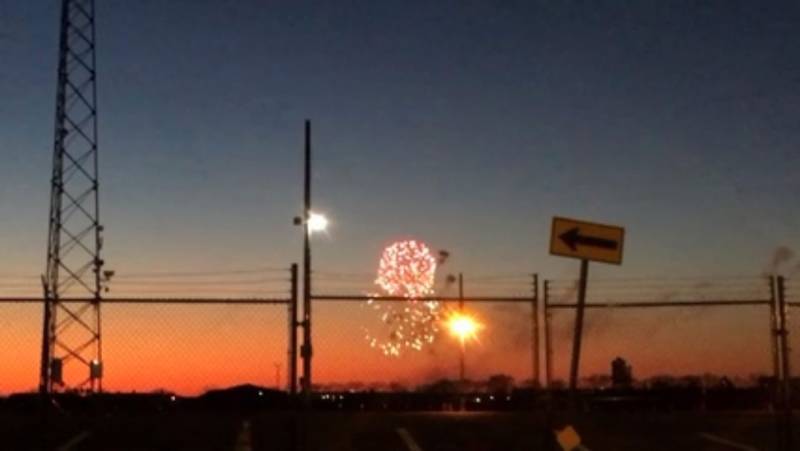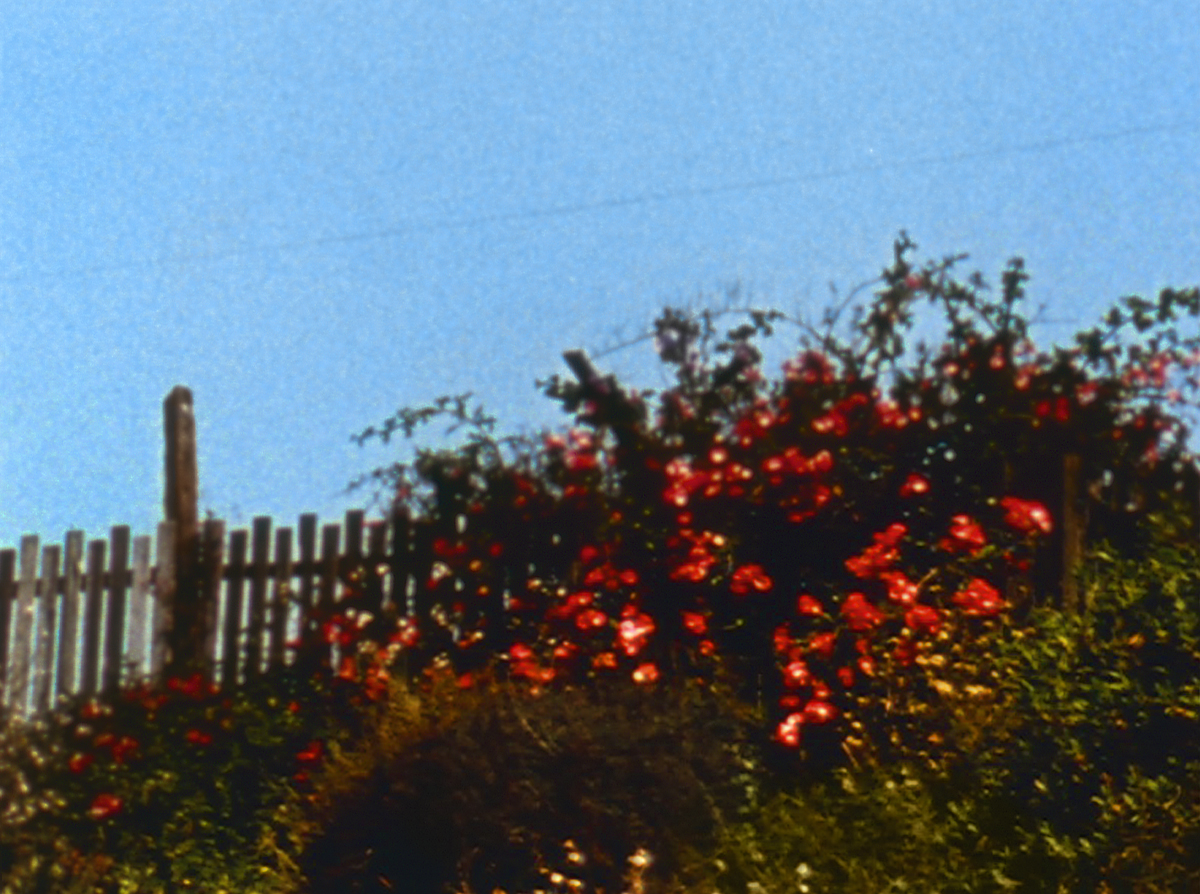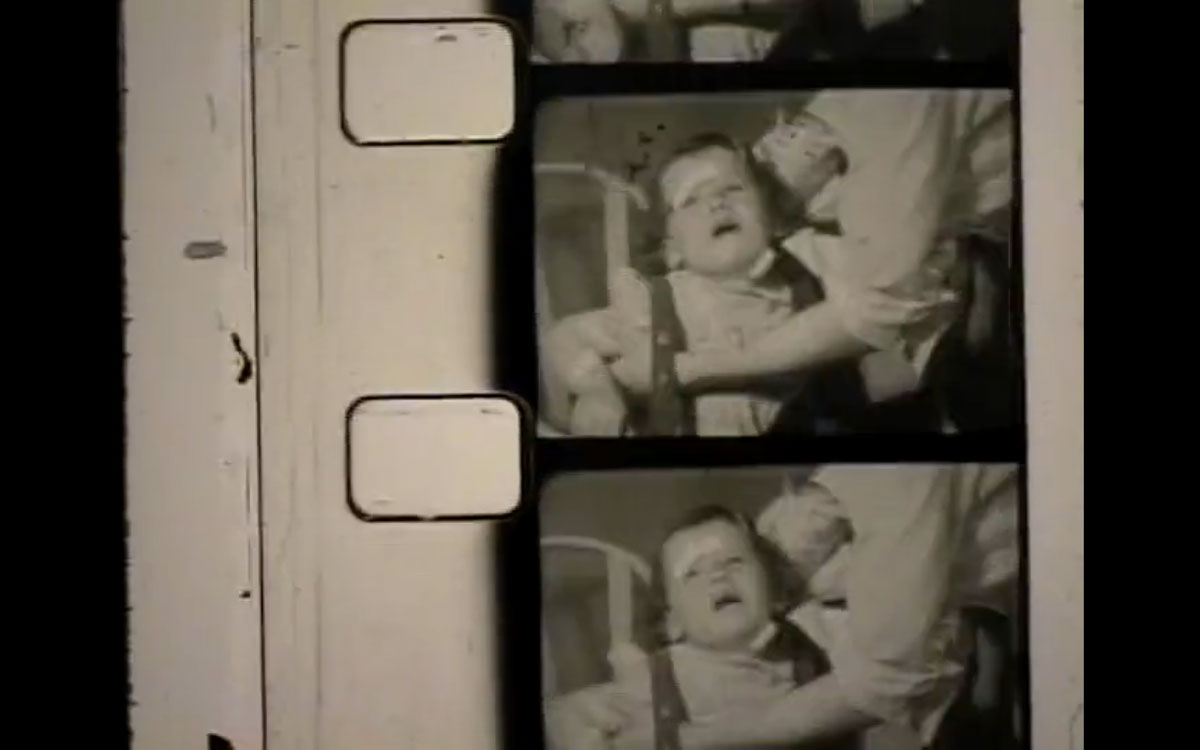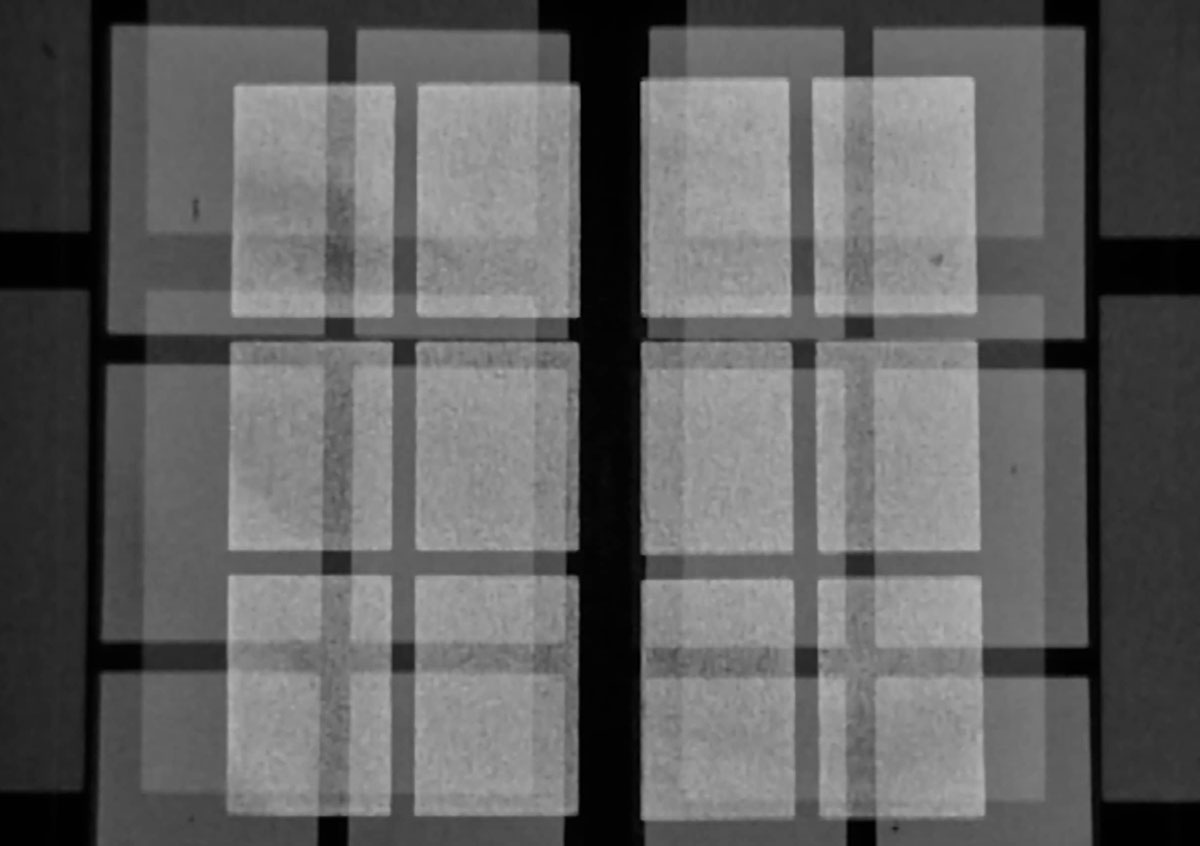Eleven years after Steve Polta launched Crossroads, San Francisco Cinematheque’s annual festival of experimental film and video has established itself as one of the top stops on the avant-garde calendar. Filmgoers who crowd the Victoria Theatre and SFMOMA’s Phyllis Wattis Theater every June (in a typical year, that is) know they’re seeing the global cream of the avant-garde crop.
At a Crossroads: SF Cinematheque’s Avant-Garde Festival Goes Online

Crossroads began yesterday, with nine programs and 85 films livestreaming for free through Aug. 29. In addition, the entire lineup is online through Sept. 30.
The festival’s loyal audience may be surprised to learn that showing movies is not the institution’s raison d’être. “The mission of the Cinematheque is to cultivate the international field of artist-made film,” Polta says. “Presenting the festival is one of the ways we do that.”
The artists, consequently, have embraced the necessary transition from the SFMOMA screen to an online portal. “A lot of filmmakers are actually heartened that Crossroads is still going on, and do feel it is a way of gesturing to community,” Polta says.
Filmmakers around the world, as well as around the country, have heard the Cinematheque’s call. That might account for Polta’s unsettling realization as he sifted through the stack of Crossroads submissions back in February. Even though they were conceived and completed before anyone had ever heard of shelter in place or social distancing, many of the films had a dystopian vibe.
“I was kind of panicked about it,” Polta recalls. “I said to someone, ‘These movies are so dark and dismal.’ They replied, ‘Well, you know, look around. What do you expect?’” The good news, six months into the pandemic? “The films don’t feel as bad now, compared to what’s actually happening in the world,” Polta says with a wry chuckle.
Crossroads’ appeal to filmmakers from abroad suggests that Trumpism isn’t the only source of discontent, and that a more generalized pessimism is infecting many artists in their 20s. As an antidote of sorts, Polta has bookended the festival with programs that hearken to better times.
The opener, “Ever Westward: Remembering Bruce Baillie,” pays tribute to the filmmaker who birthed Cinematheque some 60 years ago on a bedsheet in a Northern California backyard. (Baillie, who died in April, was also one of the founders of the distribution cooperative Canyon Cinema.) The tribute includes his quintessential single-shot slice of summer, All My Life, from 1966, which languidly pans across a roadside fence overgrown with flowers in front of a blue sky while Ella Fitzgerald sings with the Teddy Wilson Orchestra.

“Bruce was a major filmmaker affiliated with the ’60s trend of lyrical filmmaking,” Polta says. “His films are visually beautiful, they veer away from language and narrative and are about sensual encounters with life. He was alive with this ’60s counterculture thing: living in communes, living in his vehicle, traveling all through the West, and living this beatnik poet life. I think there’s something utopian in that lifestyle. You can critique it in the same way you can critique Kerouac—white male doing what he wants in the world—but there’s also something free and utopian about it, in contrast with online culture.”
The final program, “as long as there is breath,” takes its title from local filmmaker Emily Chao’s redolent meditation on isolation, memory, the natural world and, as its title suggests, an open-ended future. A short, late addition to the Crossroads lineup that Chao finished while she was stuck inside like the rest of us, it is as addictive as a pop song or an Emily Dickinson poem.
Polta included All My Life in “as long as there is breath” as well, surrounded by new work. “There’s a certain bittersweet celebration of freedom in the last program that echoes the freedom in the Bruce Baillie program,” Polta says. An ease and abandon that is not much present while sheltering in place, nor for that matter in pre-COVID internet culture.
Our experience of the virus and the last several months informs how audiences will view both individual works and entire programs, of course. Another factor is the dynamic of online viewing. Polta imagines intriguing contexts for presenting experimental and avant-garde film in the virtual space, and has some online programs in the pipeline for later this year, but the 2020 Crossroads that he envisioned and assembled was an in-person event.

“My curatorial interest is work that is sensorially immersive, and how it functions in the darkened space,” Polta explains. “Viewers agree to put themselves in a kind of submissive or receptive state to whatever’s going to happen. You’re looking at something that has a bigger-than-life scale that could be working on you in registers that are doing things to the physical mechanisms of your eyes and ears.”
This is especially true of experimental film, with its purposeful attention to editing rhythm, light and darkness, asynchronous sound, manipulated archival footage and onscreen text. But the phenomenon that Polta is describing applies to other big-screen motion pictures, as well.
“There’s something about the experience that’s unstoppable,” Polta notes. “This is not something we get when we’re viewing at home. Looking at something on a computer screen, or even a TV screen, is different. It’s not monolithic. The potential for something being overwhelming is really diminished.”
Yet another key element of theatrical screenings is what filmmaker Mike Hoolboom calls “a choir of attention.” There are a lot of social aspects to seeing films with lots of strangers, notably the shared experience. Polta’s approach to curating is driven in large part by how films collide with each other when screened back to back, and the cumulative effect of the individual program.

“In every case you have a before and after [each film], and everybody’s going through these things together and coming out the other side,” Polta says. “I love watching the shows in that space with people. To me, it’s the big payoff for the year. And it’s not really going to be happening online.”
If the pandemic has encouraged us to develop one skill, it is the ability to focus our home-viewing attention when the film demands it. In my experience, there are several things about the nature of Crossroads programs—the brevity and intensity of the films, the power of poetry, the galvanizing effect of innovative techniques—that combine to grab, hold and stimulate me, wherever I’m watching.

Crossroads 2020 is livestreaming through Aug. 29 and will be available online through Sept. 30. Details
here.

